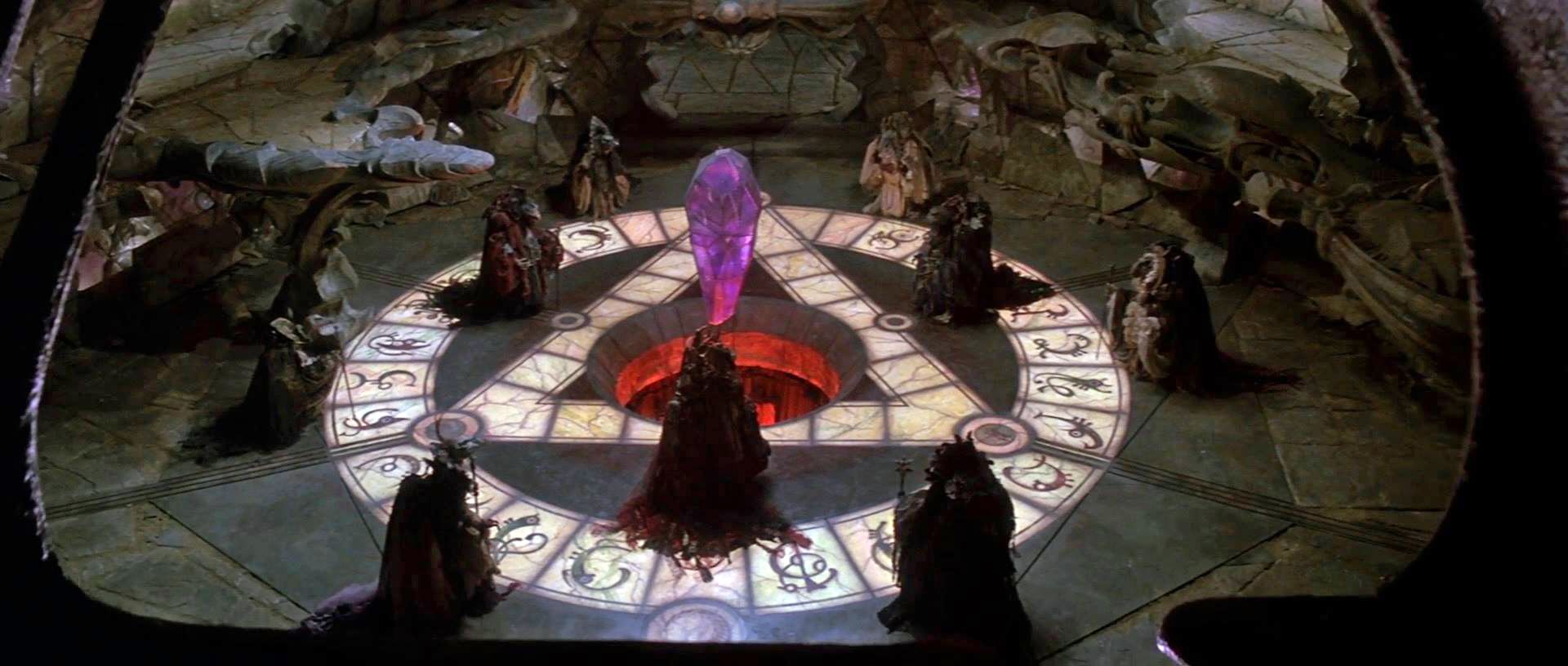
Posted on 09/12/2016 5:02:41 PM PDT by dayglored
Microsoft researchers have teamed up with physicists from the University of California, Santa Barbara, to show how time crystals might be possible.
First proposed by Nobel-prize winning theoretical physicist Frank Wilczek, time crystals are hypothetical systems that spontaneously break time-translational symmetry (TTS) – a fundamental symmetry in physics. In plain language, they exhibit tiny movements without using energy.
Crystals have a rigid arrangement of atoms that break translational symmetry. Their structure is not symmetrical in space, unlike a sphere, which looks the same from all directions.
Time crystals break the symmetry of space and time. Wilczek considered a group of atoms in their ground state moving in perpetual circular motion, which is considered an impossible idea because ground states do not have enough energy to spontaneously move.
Dominic Else, co-author of the paper, published in Physical Review Letters and a physicist at UCSB, said that there was a “crucial difference” between explicit and spontaneous symmetry breaking.
"If a symmetry is broken explicitly, then the laws of nature do not have the symmetry any more; spontaneous symmetry breaking means that the laws of nature have a symmetry, but nature chooses a state that doesn't," Else told Phys.org.
For time crystals the laws of nature don’t change with time, but the time crystals themselves change as it chooses a ground-state motion which spontaneously breaks TTS.
The team of researchers have many rules for their hypothetical quantum time crystal systems, known as “Floquet-many-body-localized driven systems".
The Floquet time crystals must never reach thermal equilibrium and radiate heat or they would lose rotational energy. When the size of the system grows, the time it takes for TTS to decay into a time-translational independent state is infinite, so TTS is broken forever without violating the second law of thermodynamics.
"The significance of our work is two-fold: on one hand, it demonstrates that time-translation symmetry is not immune to being spontaneously broken," said co-author Bela Bauer, a researcher at Microsoft Station Q.
"On the other hand, it deepens our understanding that non-equilibrium systems can host many interesting states of matter that cannot exist in equilibrium systems," Bauer added.
Spontaneous symmetry breaking is commonly found in physics, the paper said.
“For almost every symmetry imaginable, there is a model whose ground state breaks it:crystals break the continuous translational and rotational symmetries of Coulomb interactions; magnetically ordered materials break time-reversal symmetry and spin symmetry, and superfluids break global gauge symmetry.”
But, no one has ever observed the breaking of TTS.
The researchers believe they can demonstrate this elusive property by using oscillating trapped ions or superconducting qubits to represent a floquet time crystal. The experiment would observe how the system evolves over time to see whether TTS broke spontaneously.
I hope they are not planning to put these crystals in the same box as that cat.
..................
ROLLING otflmo!
I hope they are not planning to put these crystals in the same box as that cat.
..................
ROLLING otflmao!
They gave H-1 visas to a group of Sleestaks. Good move. Can’t find that kinda help in America.
With Microsoft involved, that would be The Dark Crystal.

They say, “Time flies” but you can’t; they pass at too irregular intervals.
It took me an extra 5 minutes to find a picture LOL
I read someplace where a guy is using a laser to listen to background sounds recorded in ancient pottery ,kind of like a record
“a flying car, they promised me a flying car”
No flying car, but autonomous cars are coming along very nicely. They are almost as good, most ways. Better, in many ways.
The Physics Department at UCSB is well known for its basic research in quantum computing.
Presumably, Microsoft provides financial support to UCSB and also has corporate researchers working on software for quantum computing.
How can a car that cannot fly be almost as good or better than one that can? That’s apples and oranges.
Like saying that corvette is better in many ways than that cessna.
Well I guess it beats spending money on American software engineers who write solid code ...
OK then. Get that sucker posted.
Outstanding! I couldn’t find that one.
Very interesting but it’s purely theoretical at this point, not a scientific discovery as initially hinted by the article.
Guess it could give a boost to new age shops selling magnets and crystals, apparently they do have unique properties after all ;-)
A flying car can get you places faster.
An autonomous car allows you to sleep why getting there, effectively using time that you would have spent driving.
A flying car avoids congestion on the roads.
An autonomous car avoids congestion through superior knowledge of whats ahead.
There are problems that both approaches solve, in different ways.
A nice Apache gets you past the congestion in great fun and then can be used to clear a place to land. With features like that, autonomous is not that inviting.
Thanks for the visual, it gave me a healthy laugh!

Is this like Pop Rocks?
Disclaimer: Opinions posted on Free Republic are those of the individual posters and do not necessarily represent the opinion of Free Republic or its management. All materials posted herein are protected by copyright law and the exemption for fair use of copyrighted works.